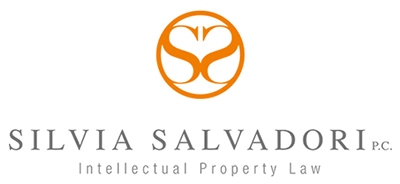Reasonable Expectation of Success: What is Sufficient?
 {4:45 minutes to read} In a recent case, Genzyme Corp. v. Dr. Reddy’s Labs., Ltd. (Fed. Cir. 2017), the Federal Circuit affirmed the validity of patent No. 7,897,590. This patent is directed to a process to stimulate the mobilization of a donor’s bone marrow by administering both a “granulocyte-colony stimulating factor” and Plerixafor, a drug no longer patent-protected.
{4:45 minutes to read} In a recent case, Genzyme Corp. v. Dr. Reddy’s Labs., Ltd. (Fed. Cir. 2017), the Federal Circuit affirmed the validity of patent No. 7,897,590. This patent is directed to a process to stimulate the mobilization of a donor’s bone marrow by administering both a “granulocyte-colony stimulating factor” and Plerixafor, a drug no longer patent-protected.
The main reference cited describes the Pharmacokinetics and use of Plerixafor, but with regard to its use for HIV treatment.
For the Federal Circuit, the main issue was whether a person of ordinary skills would have arrived at the claimed method to mobilize a donor’s bone marrow by using a reference directed to the treatment of HIV with a “reasonable expectation of success.” And the answer was no.
According to the Court, mobilizing stem cells and treating HIV are based on separate and quite distinct mechanisms, which utilize different receptors. Thus, it would not have been possible to extrapolate the results described in the main reference to render obvious claims of the ‘590 patent.
One drawback in the analysis was that the reference stated—in an isolated sentence and without explanation—that the drug could be used for stem-cell mobilization.
Accordingly, the Court held that based upon the teachings of the reference, and the high unpredictability at the time of the invention to provide for stem cell mobilization, one skilled in the art would not have had a reasonable expectation of success in practicing the invention claimed in the ‘590 patent.
Thus, an isolated sentence in a reference might not be sufficient to provide a reasonable expectation of success, and might not be sufficient to sustain a prima facie case of obviousness.
Contact me with questions or comments at silvia@salvadorilaw.com.
Silvia Salvadori, PhD
(212) 897-1938

